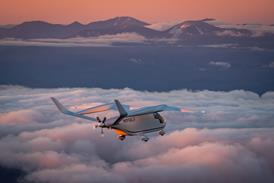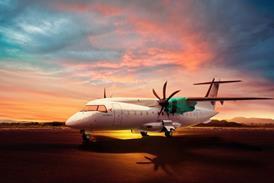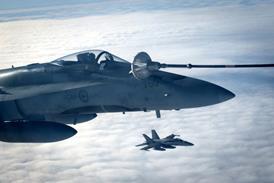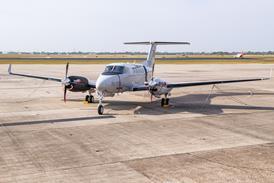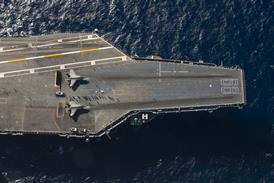The US Air Force is testing a scheme to prepare non-aviators to fly its General Atomics MQ-1 Predator A and MQ-9 Reaper unmanned air systems, with its current use of rated pilots unable to keep pace with an acceleration of demand.
A so-called "beta course" of 10 non-pilots, including two navigators, entered training at Pueblo, Colorado in February. The students will undergo a "check-ride" in a simulator for the Beechcraft T-6 primary trainer before joining the UAS training pipeline, which includes flight instruction at Creech AFB, Nevada.
"We are facing a very high increase in the number of UAS operations," says Brig Gen Richard Devereaux, the USAF's director of intelligence and air, space and information operations. The service's unmanned systems logged 400,000 flight hours in 2008, he says, "double the amount we flew one year before".
 |
|---|
© Craig Hoyle/Flight InternationalUSAF General Atomics Predator UAV |
Noting that each Predator/Reaper sortie uses seven people on the ground, Devereaux says: "Taking people from the fighter and bomber forces is just not sustainable for the future." He cites the USAF's forecast shortfall of 1,500 pilots over the next 10 years, and notes that this will affect its UAS operations and fleets of manned intelligence, surveillance and reconnaissance aircraft.
Work has already begun to stream 100 trainee pilots a year to the unmanned community under a three-year project, but Devereaux told IQPC's Military Flight Training conference in London last month that that number is "not nearly enough long term. The numbers mean we have got to figure out how to train UAS operations in a more effective way."
Using non-aviators could be one possible solution, he says, although it raises debate around issues such as whether such operators will be awarded wings and earn flight rates of pay.
The USAF's MQ-1 Predator fleet in mid-February surpassed the 500,000 flight hour milestone during an armed reconnaissance sortie over Iraq. In operational use since 1995, the type completed its first 250,000h only in June 2007, and is now being flown at a rate of 19,000h a month, the service says.
Source: Flight International


